Use of technology in the education sector is quickly becoming a popular approach. The most common technology, found in most parts of both developed and developing words is a computer. Not only is the use of computers in schools increasing, but the use of technology in education keeps growing. Rapid development of good quality and effective classroom technology is forcing education stakeholders to pay attention to use of technology in teaching. We also see several multi-partner projects encouraging schools to take up technology in teaching and learning. We sought to see how technology has affected teaching/learning Mathematics, commonly used tools and experiences of teachers and students.
A systematic review of 50 published research from Australia, Finland, Latvia, Mexico, Portugal, Romania, Singapore, and Spain, Chile, China, Czech Republic, England, Ghana, Greece, Guyana, Hong Kong, Kenya, Malaysia, Nigeria, Pakistan, Rwanda, South Africa, Sri Lanka, Sudan, Tanzania, The Netherlands and Turkey revealed that for technology to enhance or hinder students’ learning more often depends on the technology tools used, teaching approach, and the experience of teachers and students.
Common Tools Used
The systematic review revealed that the technology tools most commonly used in teaching and learning mathematics include:

Students’ and Teachers’ Experiences
Students and teachers had varied experiences that came with teaching and learning mathematics using technology. The students experiences, for example, were mostly positive and included immediate feedback building motivation, increased teacher student interaction, ability to work at their own pace (faster or slower), increased interaction with other students, freedom to learn more than what is in the curriculum, improve students’ performance, level of retention of knowledge was higher, interesting and new problem-solving experience, exposure to new technology, boosted attitude towards making of presentations and asking questions in class. Negative experiences shared included long time taken to navigate and get correct answers.
Increased teacher student interaction, increased desire for teacher support and promotion for their learning and understanding of mathematics, better scores when compared with other teaching methods, teachers did not need to change their entire teaching model to start using it, remediation for struggling students was very helpful, opportunity to refresh pedagogical skills and lesson planning were reported by teachers as positive experiences. Negative experiences included feedback that elementary grades needed more hands on activities and manipulative than a virtual environment would provide, mathematics requires more reasoning and understanding and not technology, training has had minimal or no impact at all on the abilities and confidence of teachers to use ICT in their teaching, newly added topics were perceived very difficult to the teachers., non-cooperation from some members of the senior staff in using ICT in teaching math, teachers were uncomfortable with the time spent preparing the power point presentations.

Conclusion
Overall, use of technology in teaching/learning mathematics has extensive effects, both in the short term and long term. Student eagerness to learn, highly motivation and active involvement during the lessons was reported by teachers. Consequently, the retention of the content learned lasted longer. As for the teachers, teachers’ characteristics, pre-workshop experience, and workshop evaluation were significant factors influencing perception changes.
Stakeholders in education are always working towards individualizing learning for students. Technology will facilitate educators produce integrated learning environments and leverage digital tools for learning and teaching. In pursuit of personalizing learning, technology empowers students by giving them power to determine how they will learn. This makes education relevant to their digital lives and making ready for the future. They become problem-solvers, important thinkers, collaborators, and creators. Technology in education and also the right devices in students’ hands helps prepare them with the career and technical skills they have.
Seen all the cool and interesting work CcHUB is doing with digital teaching and learning here.


